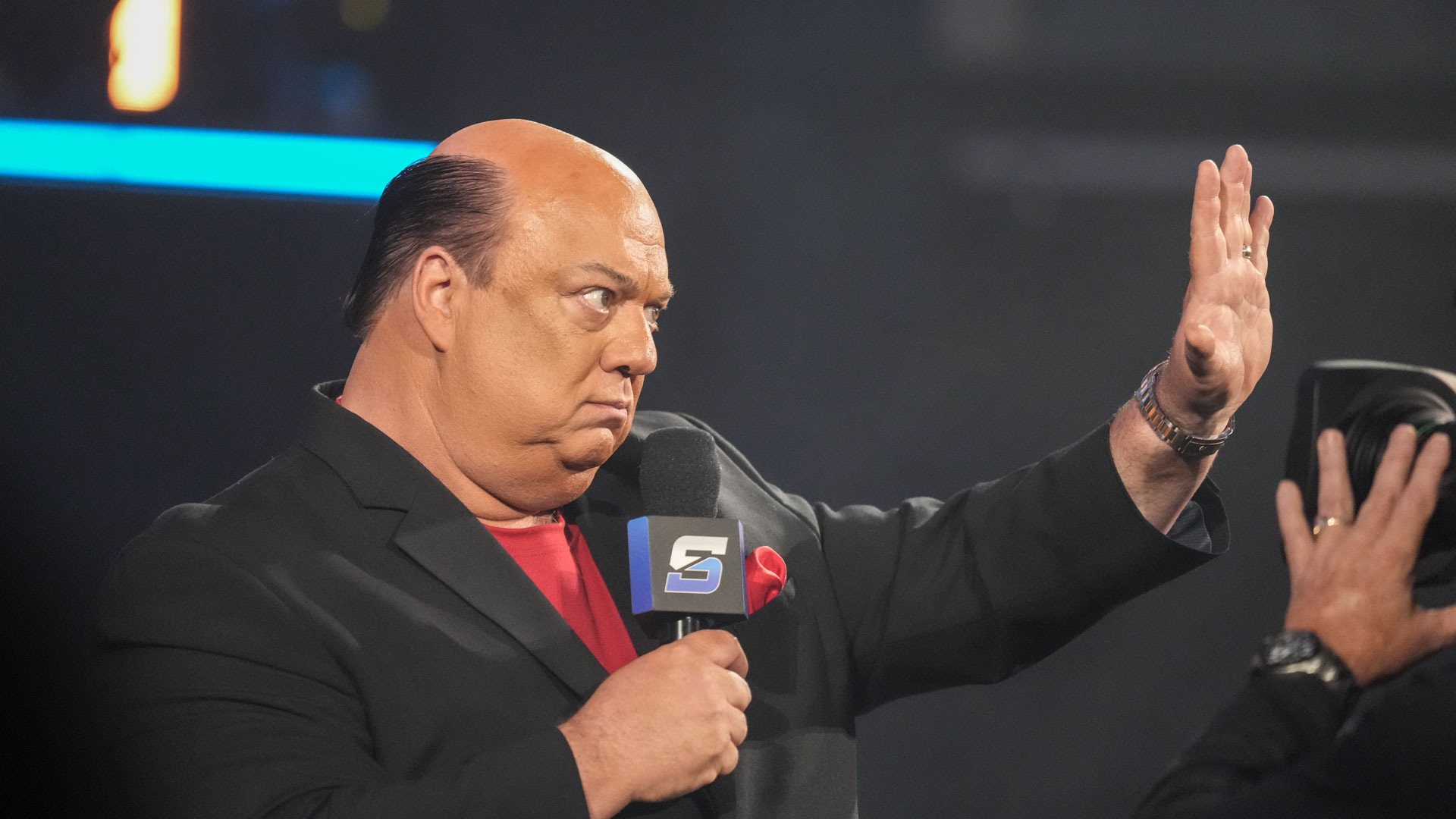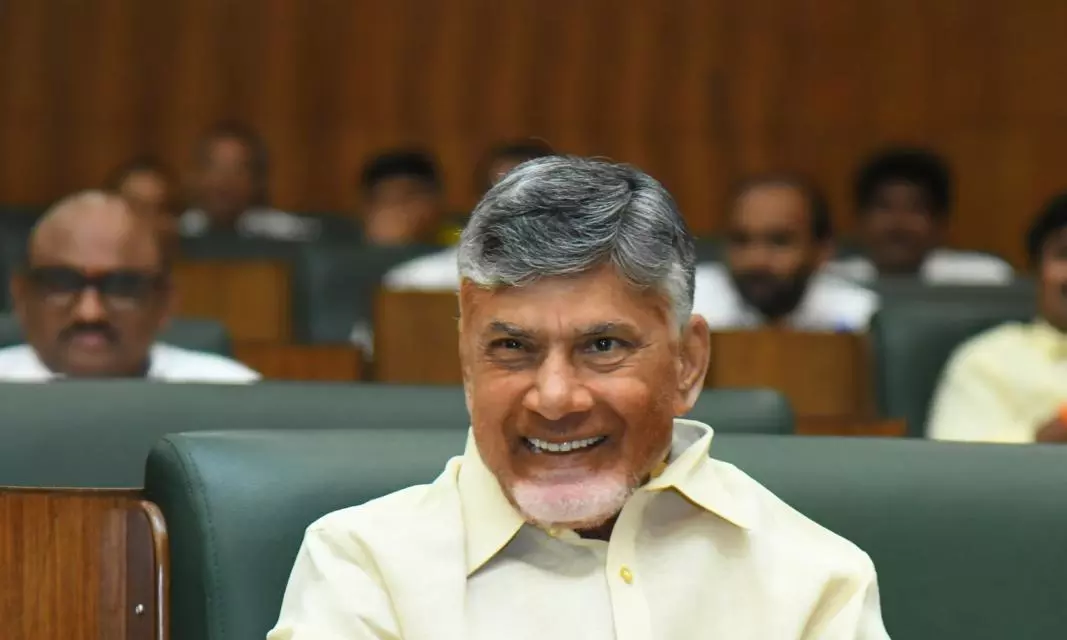It has taken a fair bit of coordinating, coaxing and rescheduling, but Nalini Malani, Nilima Sheikh and Madhvi Parekh finally log on to a video call at the stroke of noon on a Thursday. Malani, with short hair and a commanding presence, waves hello from Mumbai. A soft-spoken, sari-clad Sheikh greets us from her Baroda home studio, a collage of printed artworks framing her face.
Parekh smiles warmly from her dining room in Delhi with her daughter Manisha Parekh in tow. They ask about Arpita Singh: will she be joining? Sadly, no, I inform them. She was meant to, but she’s unwell.
Yet, the conversation between them flows unebbed with Singh included in spirit as if she were there. The four women—now venerated artists in their seventies and eighties—started their careers together in the 1970s during a period of intense change in India. Indira Gandhi had just declared a national emergency; a sharp spike in population had been reported; inflation was at a record high and student protests were breaking out all over the country.
Despite this turmoil, or perhaps because of it, a new wave of feminist film , theatre and music emerged. Galvanised by this revolutionary spirit, Malani, Sheikh, Parekh and Singh spent the next decade breaking into India’s male-dominated art landscape. They commemorated their efforts with a series of all-women travelling exhibitions titled Through The Looking Glass in 1989.
The works on display were the result of both solidarity and strategy, showcasin.
.jpeg)

















